
EN62133 Battery Safety Testing Certification
What is en62133 Certification?
EN62133 is a safety testing standard for battery products issued by the EU. However, this standard does not allow for the issuance of a ce certificate. Many third-party laboratories mistakenly issue CE certificates based on the EN62133 standard, which is highly unprofessional. If a laboratory tells you they can issue a CE certificate based on EN62133, it's best not to cooperate with them, as EN62133 is not within the scope of CE directives. Instead, only a TUV-mark certificate and test report can be issued.
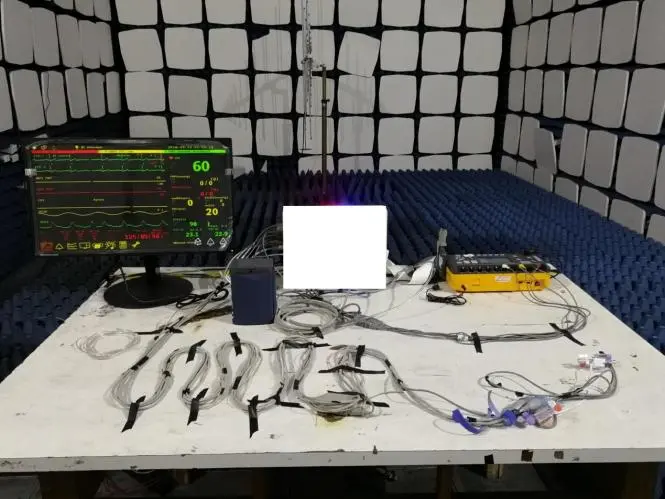
If a customer needs a CB certificate, it is issued using the IEC62133 standard. The test provisions of both standards are identical, with the only difference being that IEC is issued by the International Electrotechnical Commission, and EN is issued by the European Committee for Standardization. Otherwise, they are the same.
Where can I get EN62133 Certification?
Our company can provide this service. Please feel free to contact the engineers at China JJR Laboratory for specific costs and timelines.
IEC62133: 2017 Edition Officially Released
On February 7, 2017, the International Electrotechnical Commission (IECEE) officially released the safety standards IEC62133-1:2017 and IEC62133-2:2017 for rechargeable single cells and battery packs (including lithium and nickel batteries) with alkaline or non-acid electrolytes used in portable electronic products. These new standards represent significant upgrades and revisions to the second edition of IEC62133, released in 2012. The IEC62133:2012 version has been split into two standards, IEC62133-1 and IEC62133-2, based on lithium and nickel batteries, respectively.
The newly released standards, IEC62133-1:2017 and IEC62133-2:2017, will replace IEC6133:2012 as the internationally accepted safety requirements for rechargeable single cells and battery packs with alkaline or non-acid electrolytes used in portable electronic products.
Some of the important technical changes in IEC62133-1:2017 and IEC62133-2:2017 compaRED to IEC62133:2012 are:
IEC62133-1:2017 - Nickel Batteries for Portable Electronics:
- The requirements for button cells are included, which were not covered under the IEC62133:2012 standard.
IEC62133-2:2017 - Lithium Batteries for Portable Electronics:
- Includes requirements for button cells, previously excluded from IEC62133:2012.
- Updates to Clause 5.6 on battery assembly requirements.
- Addition of mechanical tests (vibration, impact) in clauses 7.3.8.1 and 7.3.8.2.
- References to IEC TR62914 as a supplementary document.
Differences Between the New and Old Versions of IEC62133:
The new regULations for lithium batteries in IEC62133-2:2017 include the following technical changes:
1. The new IEC62133 standard separates lithium and nickel batteries into two standards: nickel batteries fall under IEC62133-1:2017, and lithium batteries under IEC62133-2:2017.
2. Button cells are included in the new IEC62133-2:2017 standard for lithium batteries.
3. Battery Preconditioning:
- Old version: Cells and batteries need preconditioning under both high and low temperatures.
- New version: Only cells need to be preconditioned according to the manufacturer's specified charging method.
4. External Short Circuit Test:
- Old version: Cell external short-circuit test is conducted at 20±5°C, battery external short-circuit test at 55±5°C.
- New version: Cell external short-circuit test is conducted at 55±5°C, battery external short-circuit test at 20±5°C.
5. Thermal Shock Test:
- Old version: Cells are placed in an oven at 130±2°C for 10 minutes; large cells for 30 minutes.
- New version: Cells are placed in an oven at 130±2°C for 30 minutes.
6. Crush Test:
- Old version: Test pressure is 13±1 KN, and conditions are met when maximum pressure is REACHed, voltage drops by 1/3, or there is 10% deformation.
- New version: Test pressure is 13KN±0.78KN, and conditions are met when maximum pressure is reached or voltage drops by 1/3.
7. Overcharge Test:
- Old version: 2C current constant charging until voltage reaches 5n (n is the number of series-connected cells); test ends when the battery surface returns to room temperature or when the temperature change is less than 10°C within 30 minutes.
- New version: 2C current constant charging until:
- For single-cell batteries: 2C constant current to 1.4× maximum charge voltage, not exceeding 6V.
- For multi-cell batteries: 2C constant current to (1.2× maximum charge voltage×n), where n is the number of series-connected cells; test ends when the battery surface returns to room temperature or when the temperature change is less than 10°C within 30 minutes.
8. Forced Discharge Test:
- Old version: Discharged cells are reverse charged at 1C for 90 minutes.
- New version: Discharged cells are reverse charged to the negative value of the maximum charge voltage at 1C for 90 minutes.
9. Transport Test:
- Old version: All tests from IEC62281.
- New version: Only vibration and shock tests are required.
10. New Addition: Internal resistance test for button cells.
IEC62133-2:2017 Edition
On February 7, 2017, the International Electrotechnical Commission (IECEE) officially released the safety standards IEC62133-1:2017 and IEC62133-2:2017 for rechargeable single cells and battery packs (including lithium and nickel batteries) with alkaline or non-acid electrolytes used in portable electronic products. These new standards represent significant upgrades and revisions to the second edition of IEC62133, released in 2012. The IEC62133:2012 version has been split into two standards, IEC62133-1 and IEC62133-2, based on lithium and nickel batteries, respectively.
The newly released standards, IEC62133-1:2017 and IEC62133-2:2017, will replace IEC6133:2012 as the internationally accepted safety requirements for rechargeable single cells and battery packs with alkaline or non-acid electrolytes used in portable electronic products.
Specific Testing Requirements:
- IEC62133-1:2017: Nickel battery testing requirements.
- IEC62133-2:2017: Lithium battery testing requirements.
IEC62133 Labeling Requirements:
IEC/EN62133 labeling requirements include:
1. Secondary (rechargeable) lithium or lithium-ion.
2. Indication of the name.
3. Polarity.
4. Manufacturing date.
5. Manufacturer or supplier's name or trademark.
6. Rated capacity.
7. Nominal voltage.
8. Watt-hour.
What Certifications Are Needed for Battery Exports to Europe?
Batteries exported to Europe require CE, CB, UN38.3, and Battery Directive certifications.
What Certifications Are Needed for Battery Exports to the USA?
Batteries exported to the USA require FCC, ul1642, ul2054, ul2056, and other testing certifications.
China JJR Laboratory is a professional testing and certification service provider for battery products, including new energy and storage batteries. The company is CNAS accredited and serves as a witness laboratory for renowned international organizations such as TUV, ITS, and BV. We offer CE, FCC, CB, UL, ETL, TUV, un38.3, EN62133, GB31241, and other testing and certification services for batteries.
Email:hello@jjrlab.com
Write your message here and send it to us
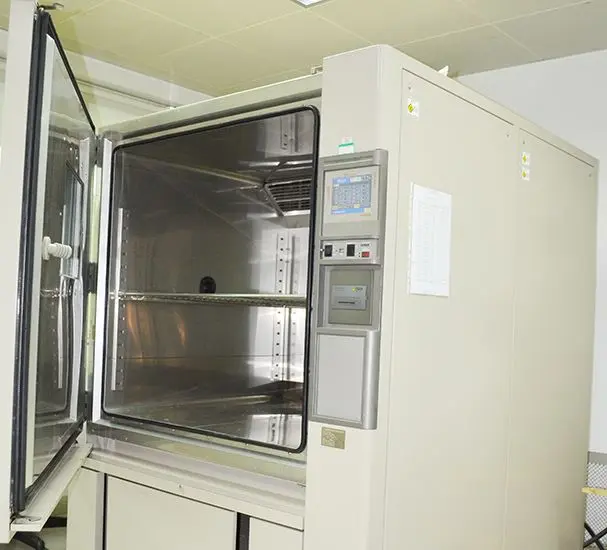 How to Test IP68 Rating
How to Test IP68 Rating
 Differences Between FDA and LFGB for Food Contact
Differences Between FDA and LFGB for Food Contact
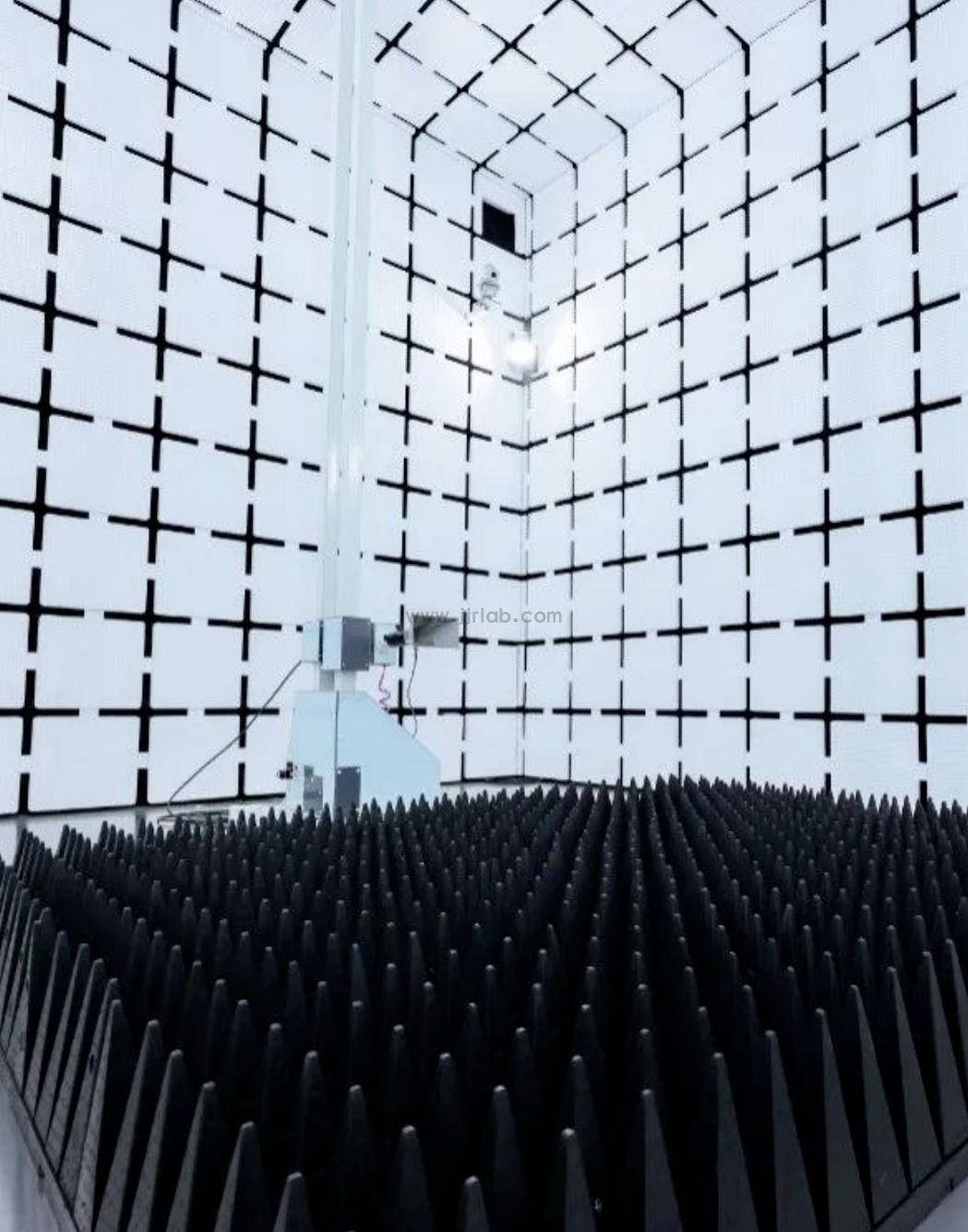 Process and Precautions for Amazon CPC Certificate
Process and Precautions for Amazon CPC Certificate
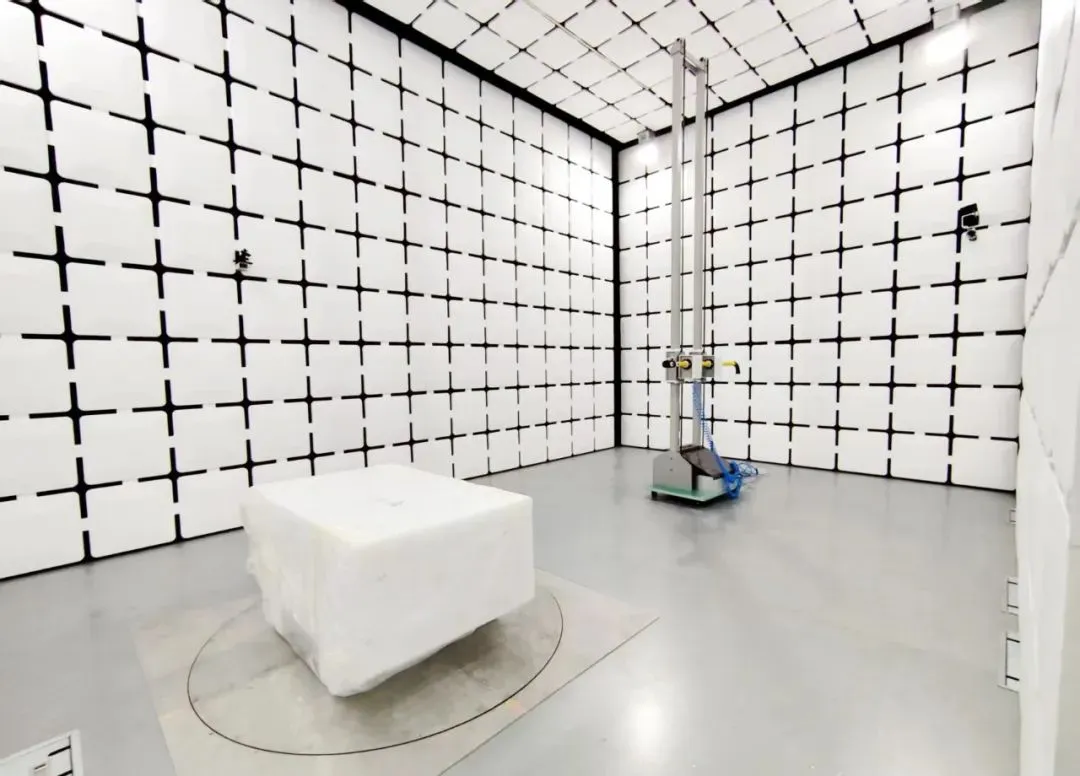 E-mark Certification Testing Service Laboratory
E-mark Certification Testing Service Laboratory
 Amazon ISO/IEC 17025 UL Testing Service Laboratory
Amazon ISO/IEC 17025 UL Testing Service Laboratory
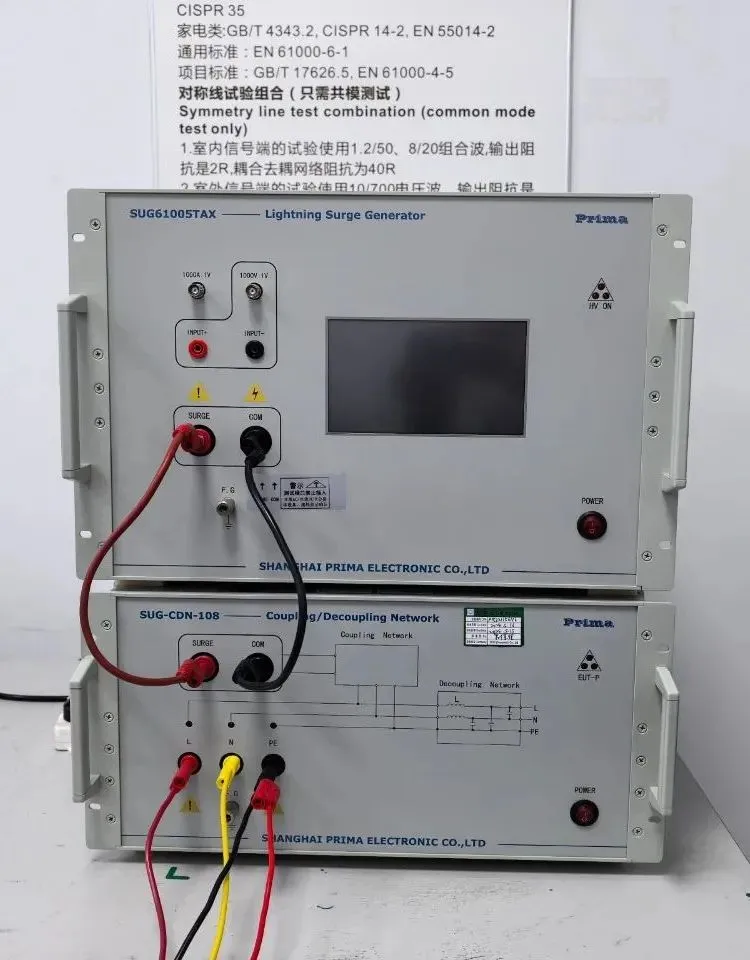 How to get CE Certification for Lighting Products?
How to get CE Certification for Lighting Products?
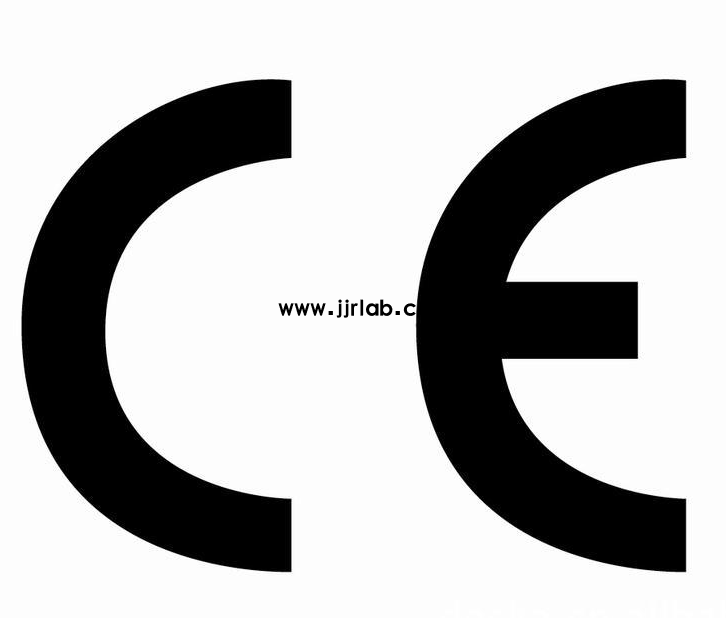 CE Certification Standards & Process for Elect
CE Certification Standards & Process for Elect
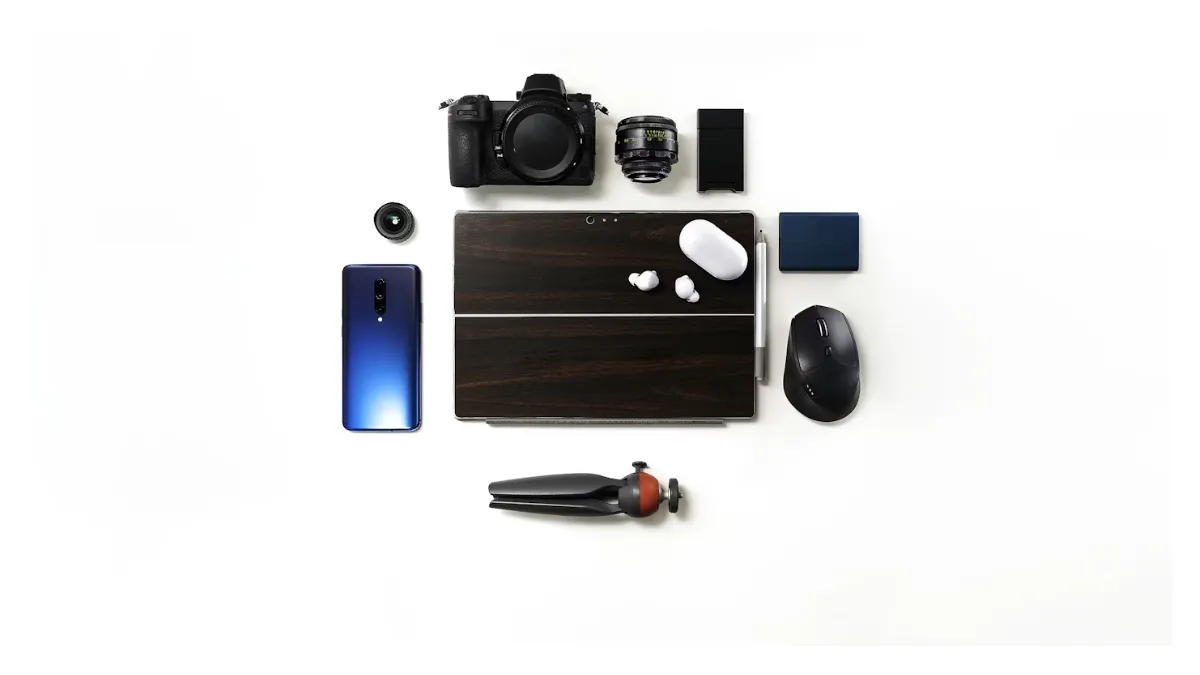 Japan METI Registration & Japanese Agent Servi
Japan METI Registration & Japanese Agent Servi
Leave us a message
24-hour online customer service at any time to respond, so that you worry!




